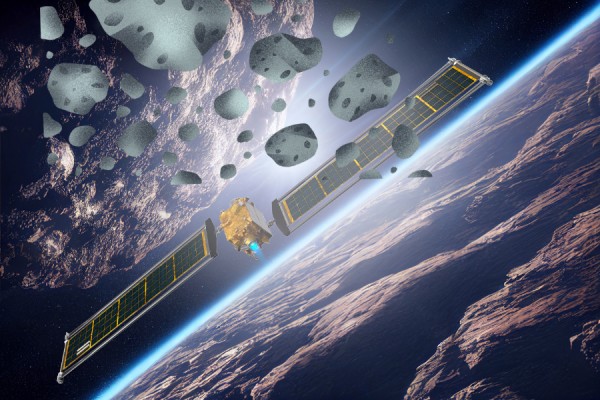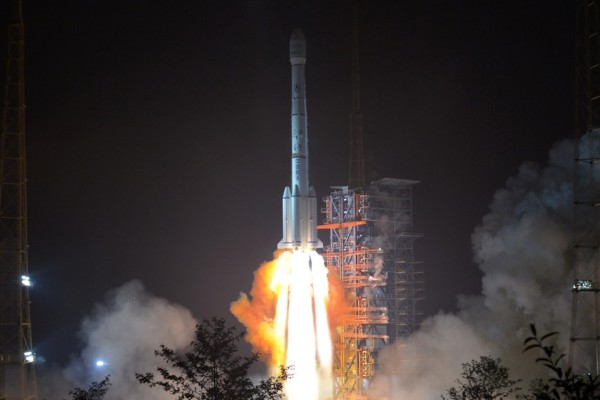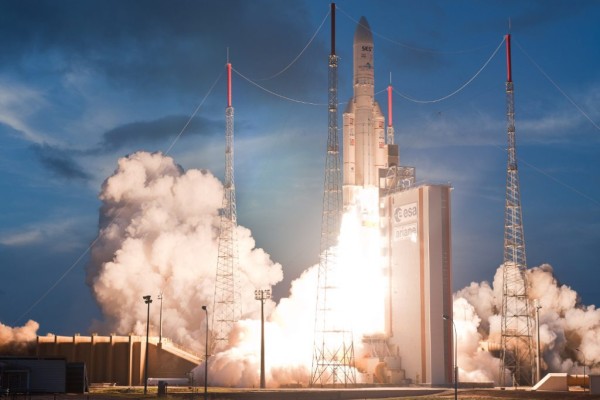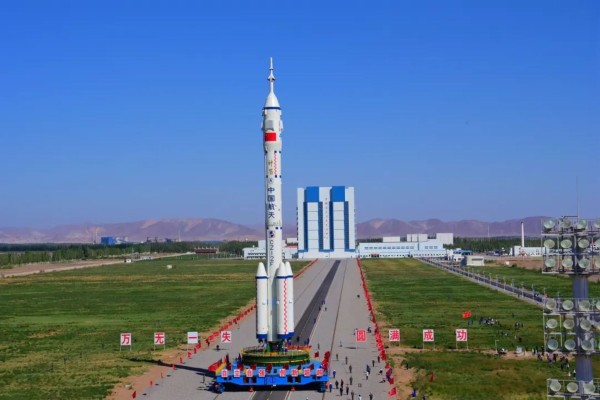- Space
- 1 year before
Titan II GLV: Historic Spacecraft of Gemini Missions
Discover the impressive legacy of Titan II GLV: the rocket that powered the achievements of the Gemini program and laid the foundations of Apollo
-

- 1 year before
- Category: Space
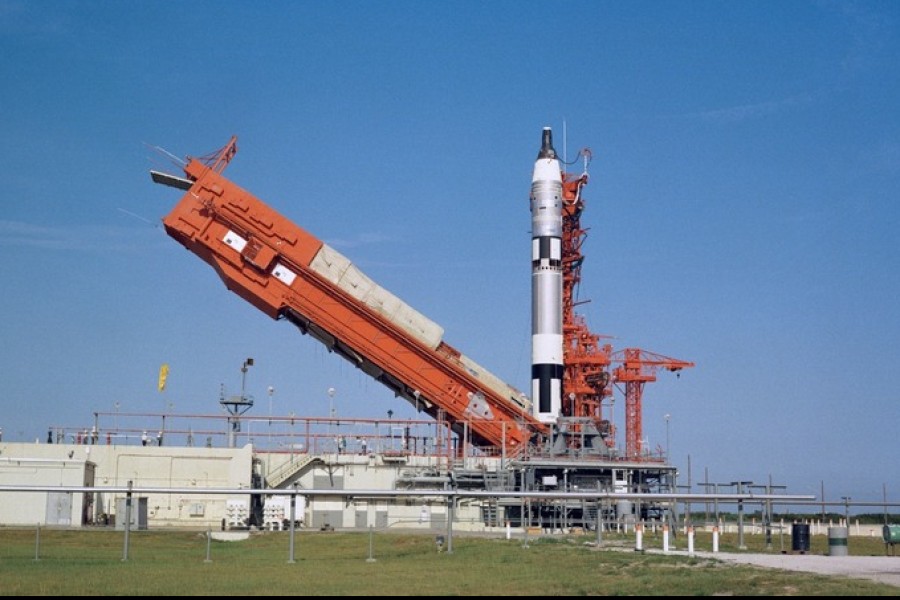
Titan II GLV: The Rocket that Launched the Gemini Era
Design and Specifications
The Titan II GLV (Gemini Launch Vehicle) was a two-stage, liquid-fueled rocket derived from the Titan II intercontinental ballistic missile. It was modified by NASA for use in the Gemini program, America's second human spaceflight program.
- First Stage: Powered by an LR87 engine, the first stage generated 430,000 pounds of thrust using Aerozine 50 fuel and nitrogen tetroxide oxidizer.
- Second Stage: The second stage utilized an LR91 engine, providing 100,000 pounds of thrust with the same propellants.
The Titan II GLV stood 33 meters tall with a diameter of 3 meters and had a maximum payload capacity of 3,600 kilograms.
Role in Gemini Missions
The Titan II GLV served as the primary launch vehicle for all 12 manned Gemini missions between 1964 and 1966. These missions were crucial for testing and developing spaceflight techniques such as spacewalking, in-orbit rendezvous, and docking. The Titan II GLV's reliability and performance were essential to the success of these missions.
Impact on the Space Industry
The success of the Titan II GLV was a significant milestone in the history of U.S. space exploration. The rocket made substantial contributions to the development of manned spaceflight techniques and laid the groundwork for the Apollo program. The Titan II GLV's powerful thrust, reliability, and flexible configuration options cemented its place in the annals of space exploration. It provided invaluable technological and operational experience for future space missions.

